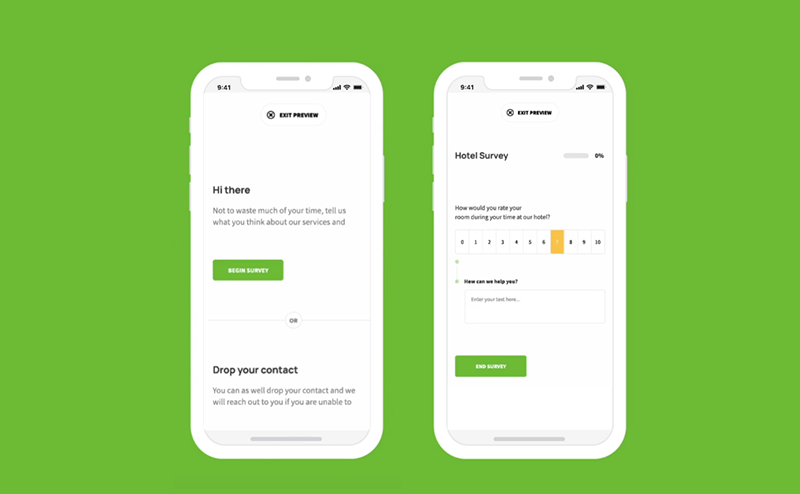Customer experience is a journey that involves interaction with products, services, and the systems underlying their production and exchange. While it is important to ensure that business offerings which customers directly interact with are of the highest standard, we cannot ignore the processes of production and distribution underlying them. Complex networks of human and material resources work together to create output which customers purchase. To manage this complexity and maintain focus on customer experience, information sharing and co-creation is of prime importance.
Siloed systems in organizations have been the bane of customer experience management for decades, owing to gaps in customer understanding. As isolated systems where teams do not share vital information about their processes, priorities or challenges with other departments, silos sabotage customer awareness. Within them, relevant information about customers, products, services and business are easily lost or concentrated in single units. An instance can be seen in retail outlets with siloed interaction between stockers, sales associates and cashiers. In such outlets, there is increased likelihood of wrongly placed products, poor sectioning and untraceable fast-selling products. In the same vein, with siloed interaction between merchandisers and stock-keepers, there is a higher tendency for low-performing products to have the highest supply, while better performing products are supplied in low quantities.
Who bears the brunt of siloed systems? Customers.
Without internal co-creation within organizations, the probability of meeting the dynamic needs of customers need is low, as teams directly interacting with customers do not share information on customer satisfaction, challenges and direct experiences with those on the production team. In banks, this can take the form of a disparate workflow between tellers, customer care assistants, and product managers. In hospitals, this can be seen when specialists and consultants have no direct workflow with receptionists and queue managers.
A good number of CX-focused enterprises have begun to look into organizational silos, considering ways to improve information sharing and collaboration among internal teams and departments. Here, we present two guidelines for organizations working to eliminate siloed systems in their internal structures.
Make Comprehensive Use-cases

Often described as recipes for customer experience success, use cases point to the ways products and systems meet customer needs and satisfy business goals. Use cases can be categorized into two brackets: business use cases and system use cases. Business use cases show associations between teams and their functionalities as well as the influence of these associations on the performance of a business. System use cases are more specific to the association between service providers/ product makers and the final consumers/ users. Whereas business use cases ensure that the roles of different teams and departments converge into a business structure that satisfies customer needs, system use cases see to it that customer interactions with products and services are fitting to the functionalities configured at the time of production.
Both system and business use cases ought to be comprehensive, adaptable and fitting to customers. In the words of Dan Gingiss, renowned CX thought leader, “without customers, you don’t have a business.” Therefore, it is key to model use cases as well as their design and development to satisfy precise needs of customers. For an effective use case modelling, not only should teams and departments co-create and share information, customers should also be engaged in the process through surveys, tests and optimization of feedback loops.
Use Centralized Data Management Technology

Data is the backbone of efficient business decision making and strategy. With increasingly digitized business processes, data silos pose challenges to business strategy. Their isolation denies decision makers the breadth and quality of information needed to improve their strategies. Often induced by rapid business growth and poor adoption of data management technology, data silos impede collaboration and timely workflow. The good news is: data management software have proven effective in breaking down data silos. By centralizing data in single platforms which can be accessible across departments, data management software make it easy to share information about consumers, purchasing behaviours, product preferences and feedback across teams.
Just as data is collected for different reasons, data management software collect and consolidate different streams of data. Scheduling software, for instance, collect information on time availability and daily activities; queue management software collect contact and service information; whilst survey and feedback software collect data on opinions and ratings. Altogether, these data streams give relevant insights on customers, their habits, needs and interests. Therefore, the goal for businesses is to ensure that these streams of customer data are centralized and accessible to stakeholders who can optimize them to deliver better customer experience.
In all, the primary step towards dismantling silos is to identify that they exist in the first place. Furthermore, it is key to foster a culture of collaboration in place of competition within a work force. Silos borne out of unhealthy internal competition only result in products, services and experiences that could potentially sideline customers. What becomes of a business whose internal structures are antagonistic to customers?
We can help you do customer relationship management




